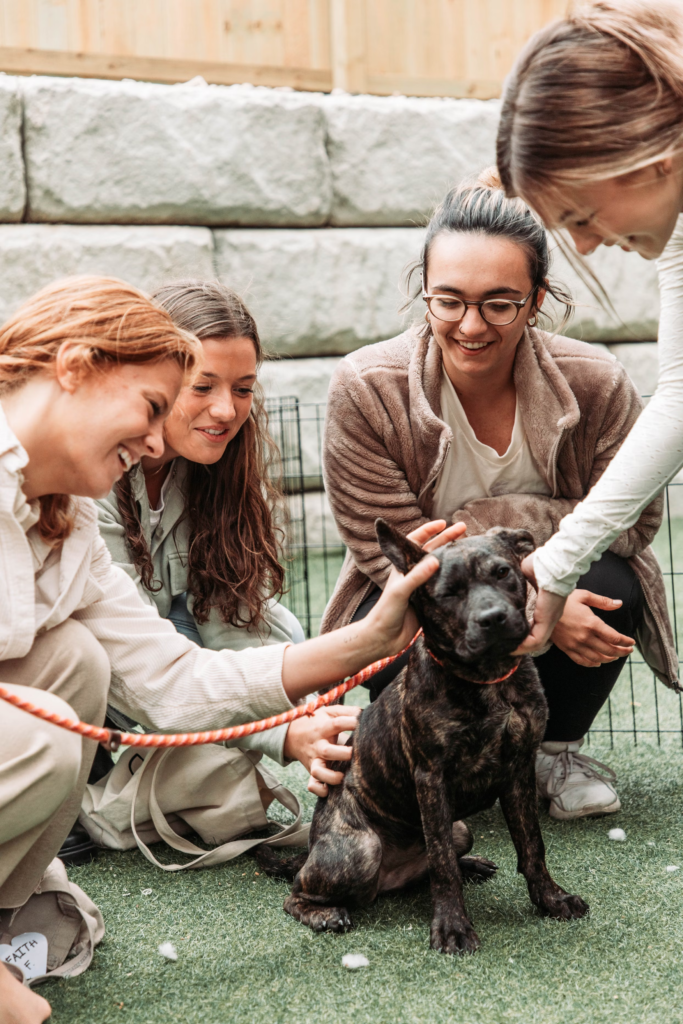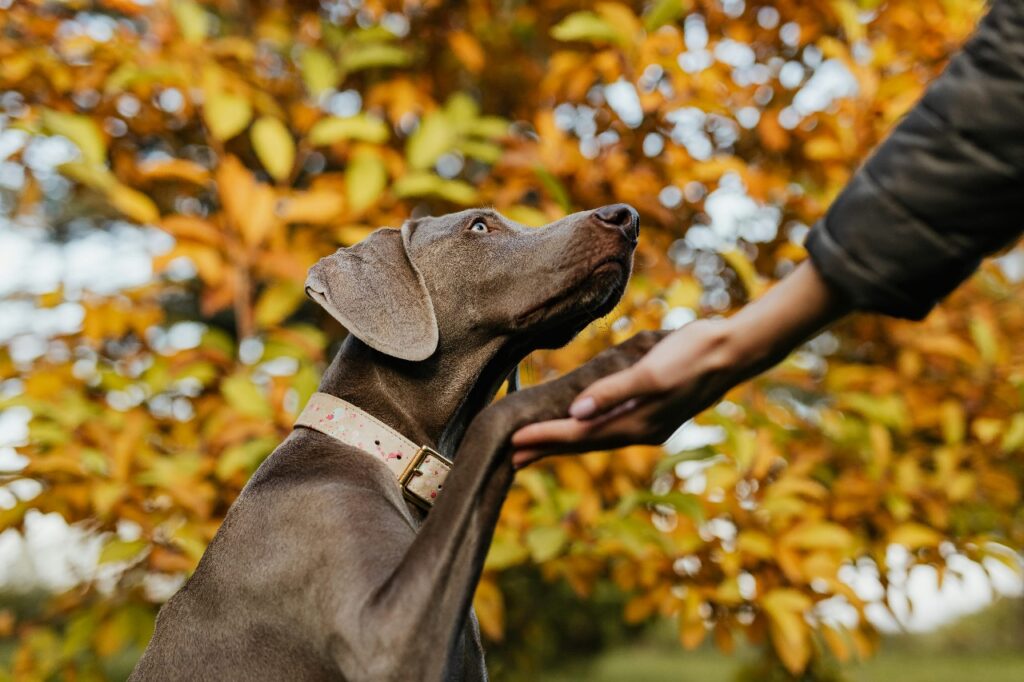
The holiday season is often filled with travel and adventure, but for those traveling with service animals, extra preparation is essential to ensure a smooth journey. Whether you’re traveling by car, plane, train, or bus, here are some key tips to make the holiday travel experience safe and comfortable for both you and your service animal.
1. Plan Ahead and Know the Rules
Each mode of transportation has different guidelines for service animals. Airlines, for instance, require specific documentation, including proof that the animal is a trained service dog and is necessary for the traveler’s needs. Some airlines may also require advance notice if you’re traveling with a service animal, so check with your carrier ahead of time. When traveling by train or bus, contact the company to ask about their pet policies, as rules can vary widely.
If you’re traveling internationally, research the destination country’s regulations regarding service animals. Many countries have strict rules about animal importation, often involving quarantines or health documentation, so ensure you have all necessary paperwork to avoid delays upon arrival.
Read more: 8 Things You Should Bring While Traveling with Your Service Animal
2. Visit Your Veterinarian Before Traveling

Before any major travel, schedule a check-up for your service animal. Ensure their vaccinations are up-to-date and request a copy of their health records, as some airlines and countries require recent proof of rabies vaccinations. Ask your vet about any travel-specific recommendations, such as motion sickness medications or tips for calming the animal during flights. You might also want to invest in a microchip if your animal doesn’t already have one, as this will increase the chances of recovery in case they get lost during your travels.
3. Pack Essential Supplies for Your Service Animal
Service animals have specific needs, so packing thoughtfully is essential. Bring enough food for the entire trip (and a bit extra in case of delays), as well as collapsible food and water bowls. Pack a few comfort items, such as a favorite toy or blanket, as familiar scents can help keep your animal calm in new environments. Don’t forget to bring waste bags and any other cleaning supplies to clean up after your animal. You may also want to bring a travel bed or mat to give your service animal a comfortable place to rest.
Discover: 8 Tips for Flying With Your Service Dog
4. Be Mindful of Security Checkpoints
At airports, you and your service animal will need to go through security checkpoints, which can be overwhelming. Prepare for this by practicing walking through security devices with your animal. Keep any documentation related to your service animal ready for inspection. TSA agents are generally familiar with service animals and will guide you through the process, but staying calm and prepared will make the experience less stressful for both of you.
5. Plan for Comfort During Long Rides

For long car rides, plan regular breaks so your animal can stretch, relieve itself, and stay hydrated. When flying, ask about seat options that offer more space for your service animal to lie comfortably at your feet. If your journey is particularly long, be aware of your animal’s tolerance levels and provide breaks, comfort items, and water throughout.
6. Consider Accommodations that Welcome Service Animals

Not all accommodations are equally welcoming to service animals, so verify hotel policies in advance. Most major hotel chains allow service animals, but confirming this ahead of time ensures you won’t face surprises upon arrival. Consider booking pet-friendly rooms with easy access to outdoor spaces, allowing you and your service animal to get out for walks or bathroom breaks more easily.
7. Stay Calm and Be Patient
Traveling with a service animal requires extra patience and understanding. During holiday seasons, travel hubs can be busier than usual, which may make service animals feel anxious. Take deep breaths and try to keep a calm demeanor, as your animal will often look to you for cues on how to react. Staying relaxed will help your animal feel more comfortable and secure, making the journey smoother for both of you.
Discover: Making Merry Memories: How to Celebrate the Holiday Season with Your Service Dog
Conclusion
Holiday travel with a service animal can be a seamless experience with the right preparation. By planning ahead, packing thoughtfully, and keeping a calm and patient attitude, you can make your journey safe and enjoyable for both you and your service animal. Safe travels!
Do you own an assistance animal? Register your pet today.
The Service Animal Registry of California invites you to have your assistance animal registered in order to designate its status. We also encourage you to take our online classes so you can be fully aware of your rights and gain more knowledge about your support animal.
Finally, we present to you our book entitled, “ASSISTANCE ANIMAL LAWS: LEARN YOUR RIGHTS REGARDING SERVICE ANIMALS, EMOTIONAL SUPPORT ANIMALS, THERAPY PETS, AND OTHER DOGS, CATS, AND ASSISTANCE ANIMALS” to provide you with a complete education on assistance animals. Purchase your copy of the book by clicking the image below.

































